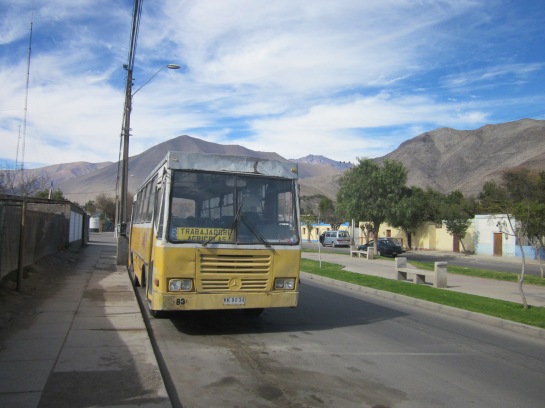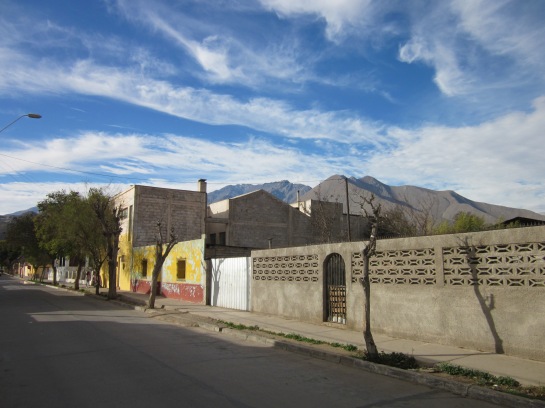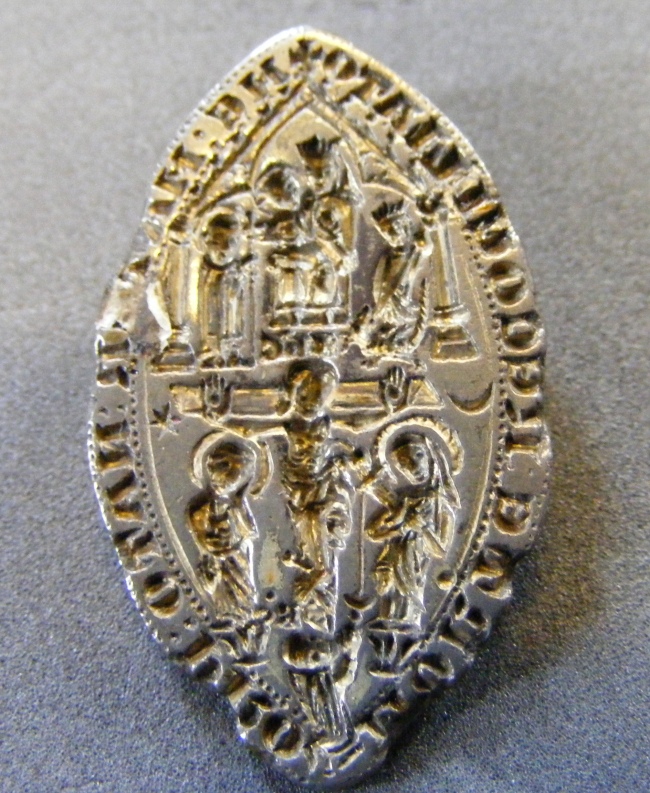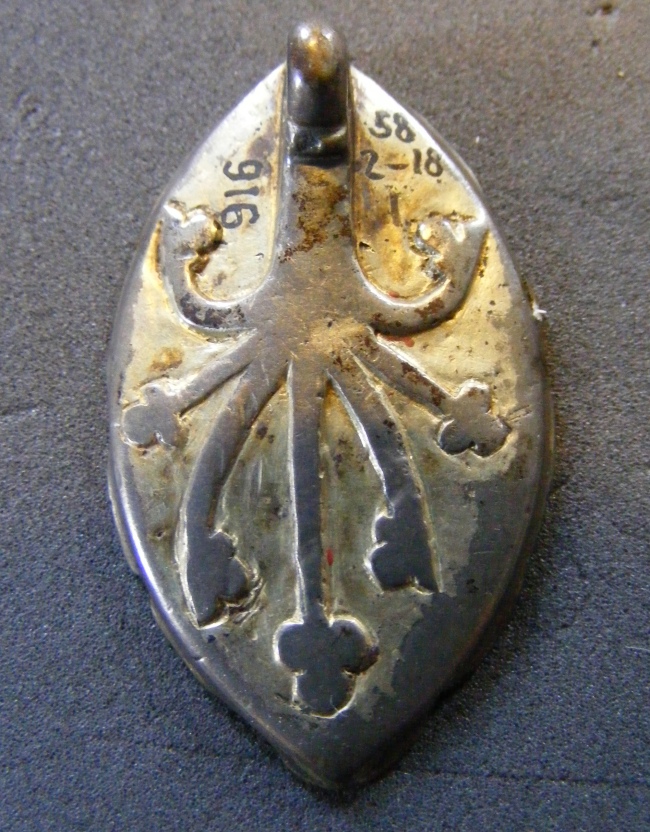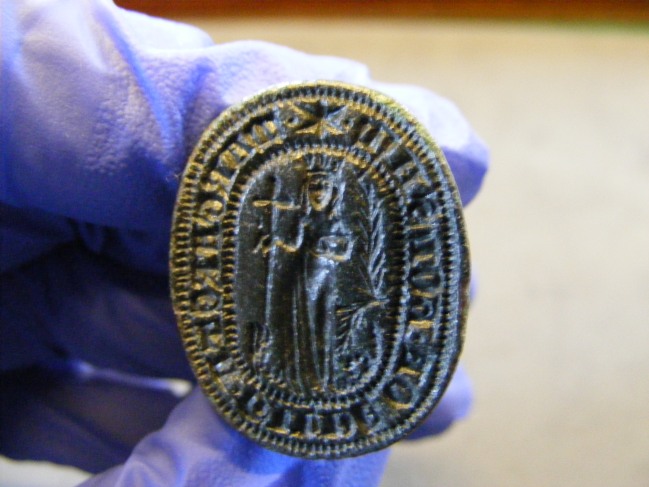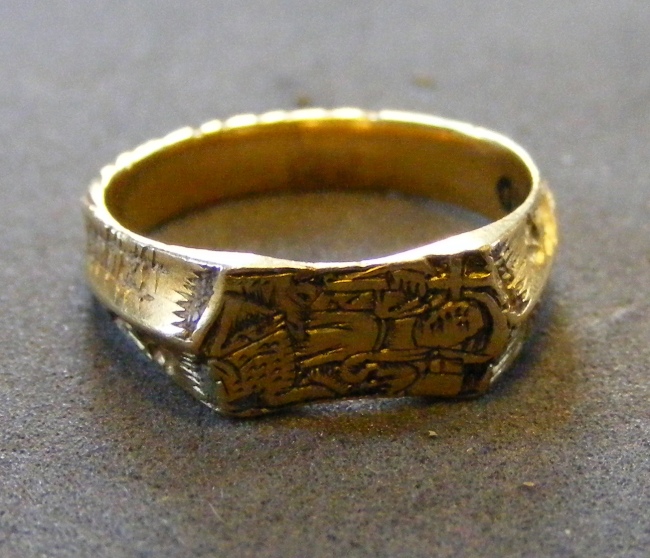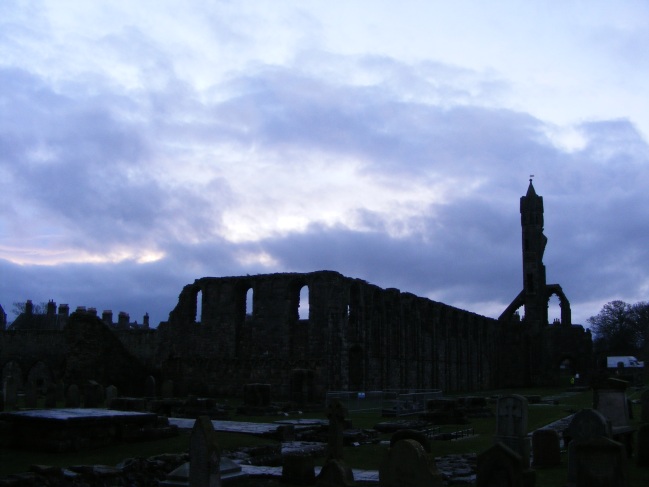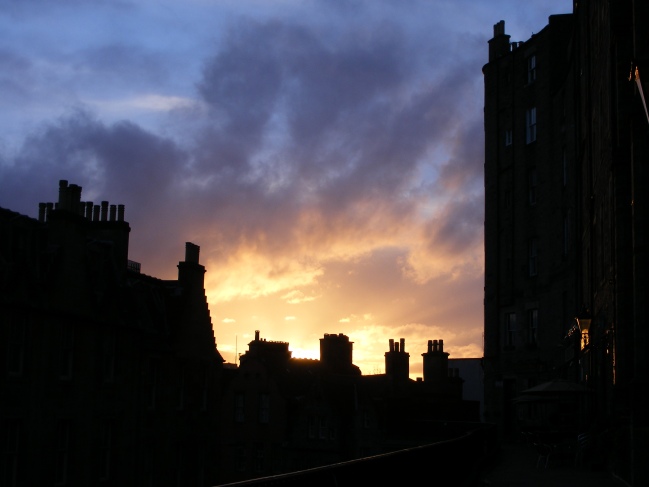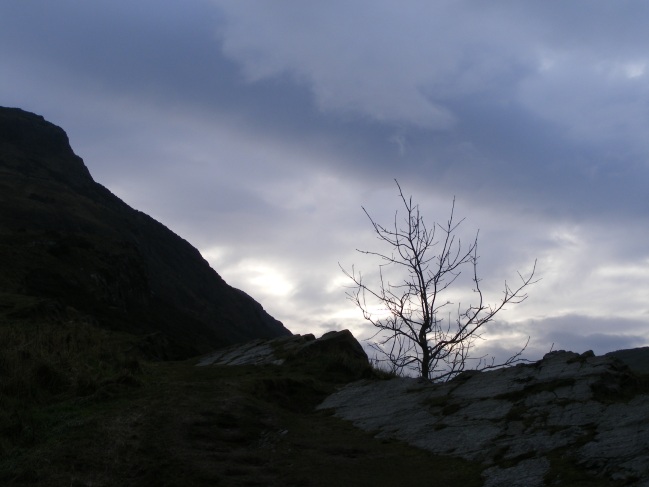I’ve decided to write up a few episodes and meandering stories from my time in Chile for the indulgence of memory and an occasional distraction every now and again.
Lucas and I arrived in Vicuña, a craterous basin of a town at the edges of the Valle de Elqui, broken by the robbery of the last of our food and all of our most valuable possessions. Camping beside a river under willows in the valley of Cochiguaz, a rucksack had been stolen while we slept: a sinister rupture in a setting of bliss. Sent onwards by the camp-site, driven by a toothless flete driver towards civilisation and then ignored by the police in Pisco Elqui, we had come to Vicuña in a last attempt to report the crime, gather some sympathy and move on.
Despite its desert setting, Vicuña is made lush by irrigation: orange trees, trees of willow leaves and cypress peals of cerise pink berries, decorate the low grid streets of brightly coloured houses, shutters and doors. In the garden of the family hostel, La Elquina, we find green and black avocados cradled in the wet grass, bright red chillies hanging for plucking and guavas growing atop cactuses along the dark stone wall. The lemons still green for the sound of the narrow channel of water, fall in the shallow puddles gathering for the birds to bathe in. I want to make a picnic of the bounty that falls about our tent but am too afraid to take anything from the family who let us into their house to wake a grandfather asleep in front of the television, and who take our money as they gather around a table to eat their lunch. This is so much vegetable security after our dawn robbery.
Like every town in Coquimbo, Vicuña claims Gabriela Mistral for itself; a destination on the ‘Circuito de Gabriela Mistral’, Mistral’s face is everywhere: raised on a plinth in every small corner with pretensions to be a town square, and lying huge and omnipotent in the dry belly of a fountain in the Plaza de Armas, to gaze – unblinking – at the blue sky. Even the cash-machines seem programmed to favour her, spitting out 5000 notes (the smallest denomination) decorated with the deep-set bird of prey eyes and wide face of the handsome poet laureate, Mistral.
It is not poetry though (I am not a fan of Mistral’s Latin Pastoral, despite the Nobel Prizes) that survives as an accompaniment to my memories of Vicuña. The town defies its logically ordered size with an incredible syncopation of sonic disturbance; pop music, preaching and the cries of caged cocks. In the day Lucas and I couldn’t help laughing at the Latin pop music pumped into the Plaza de Armas: surreally punctuating the public sculptures and couples gathered on benches, and the street dogs bathing under leafy views of drifting blue. Then at dusk, when the mountains glow with a new mineral rich-hue and the fractured sky of feathered clouds begins to burn vibrant with red and purple light, we find evangelists and preachers at the corner of every block; an unintelligible echo as we cross the corner of Chacabuco and San Martin towards the next reverberation of the Word. Their sermons ringing through the dim light, the preachers – dressed in smart suit jackets over jumpers, and joined by their young apprentices (local lanky boys in churchly ties) – look up to an audience beyond us, intent. After dark it is the cocks who continue the refrain, they begin crowing at 11pm and continue all through the night (Lucas believes they can’t divine the dawn glow because they are kept caged).
Perhaps we got closer to the Coquimban character of Vicuña than most: its struggle to host the passing tourism of Pisco distillery tours, Elqui treks and stargazing; its out-of-season honesty. The town is named after the South American camelid found camouflaged in the burnt ochre coirones and lava cordillera of the Andes: the vicuña is brother of the guanaco and the wild ancestor of alpacas and llamas. And yet I never saw any vicuña in the Elqui Valley. In many ways that elusive vicuña is a figure for the town itself, which promised and garnered affections, but always gently and subtly thwarted us: Gabriela Mistral’s museum was closed on the day that we cycled to its gates, so that we would never find out more about the poet than her magisterial height, and the stargazing tours were all cancelled because of the rare feathering of astral clouds that covered the sky; we were left to an ice cream in the town square, a bike ride through the gridded streets past the Colo Colo murals in the suburbs, and a Pisco Sour in an empty restaurant. Just this to transform our afternoon spent in the company of the police into a holiday. If Vicuña taught us anything, it was that even simple pleasures are sweet after a small personal tragedy.


